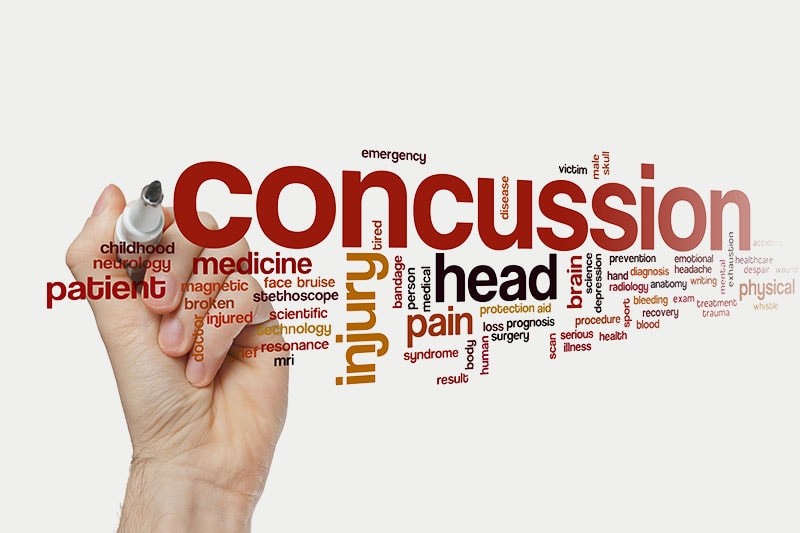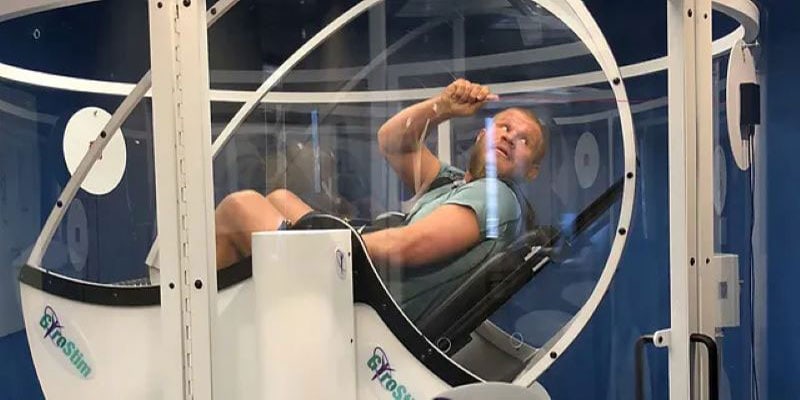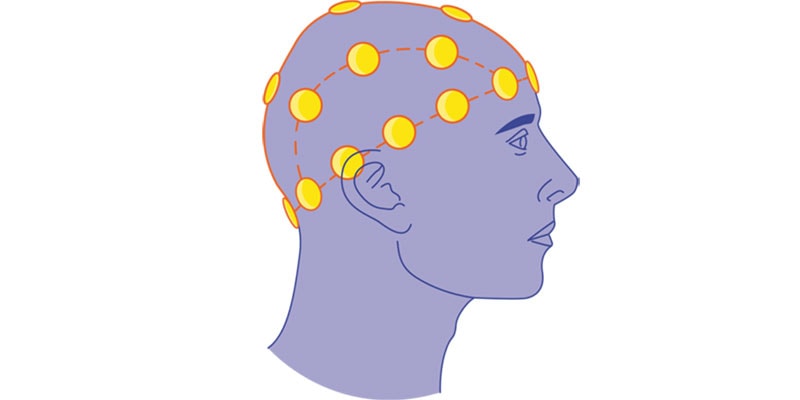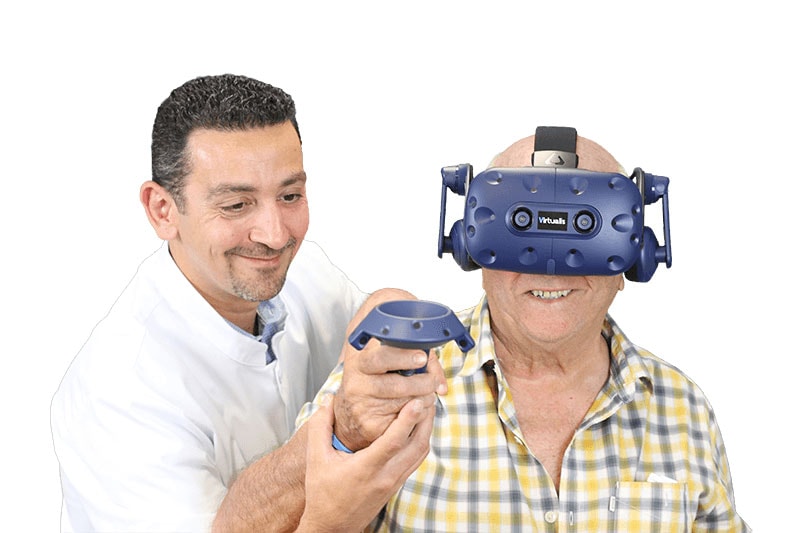The following 10 statements are the most common myths that are believed in our society.
- You must lose consciousness to have a concussion.
- Concussions only occur with severe head injuries, minor head injuries are never concussions.
- If there is nothing abnormal on the MRI, I don’t have a concussion.
- Adults and children recover at the same rate.
- Concussions will heal completely over time if you rest.
- To sustain a concussion, a person needs to be hit on the head.
- Equipment such as helmets will prevent concussions.
- Don’t sleep after a head injury.
- All concussions have the same symptoms.
- Football is the most common cause of concussions in teens and children.
Here are the real facts behind these myths.
- Only a small percentage of concussions involve a loss of consciousness. Sometimes a child who is knocked unconscious can suffer less injury than someone who did not lose consciousness.
- The amount of force a person has endured does not always translate to the severity of the concussion. Sometimes, light hits on the head take longer to recover than harder hits.
- MRIs will show if there is any bleeding or lesions to the brain, but in cases of concussions there is rarely any bleeding.
- Children have growing brains and take longer to recover than adults.
- Some symptoms may disappear with rest and no treatment. However, there is almost always residual deficits in the brain as a result of the concussion if it has not been properly treated.
- A person can suffer a whiplash or have their head shaken up as a result of another part of the body being hit.
- While it’s true that wearing a helmet can reduce the amount of damage taken, because the brain “floats’ in the skull it can still jostle and shake around even with the helmet, which can lead to damage.
- Sleep is very important in the healing process of concussions. Keeping an older child or adult awake isn’t usually necessary with most concussions.
- Concussion symptoms commonly include vomiting, dizziness, headaches, and brain fog. Other symptoms can include sensitivities to light and sound, mood changes, anger, and fatigue. Each concussion has it’s own unique set of symptoms that may come along with it.
- Although there are many concussions in football, sports such as biking, soccer, and baseball either have just as many concussions or more.
If you or your child has suffered from a recent or past head injury, the most important thing to do is get it checked out by a medical expert in concussions. Dr. Minh Tran at Norcal Brain Center in San Jose, California has helped rehabilitate many children and adults suffering from post concussive symptoms.



